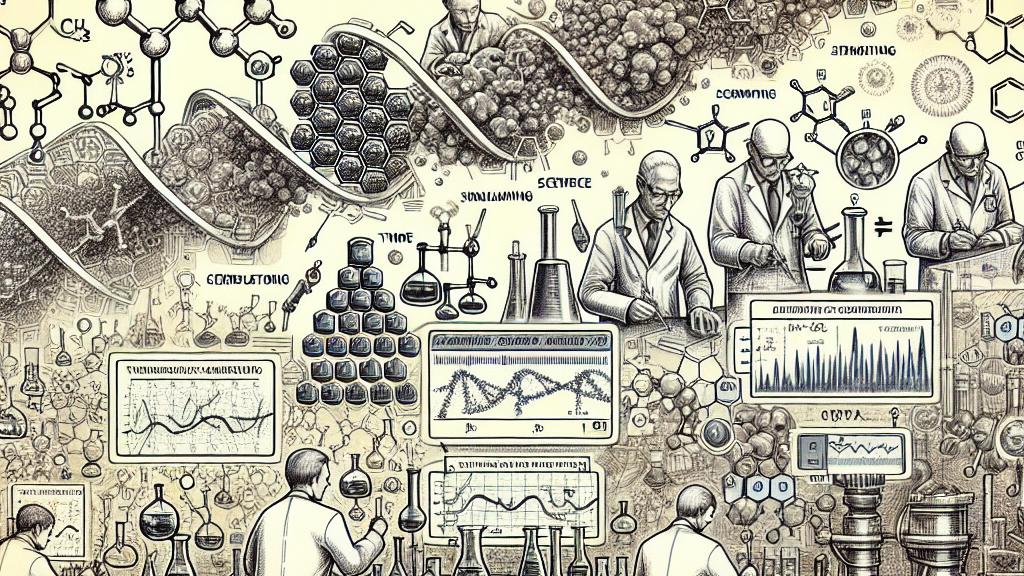Advancements in Computational Chemistry and Its Impact on Chemical Synthesis
Overview
- Computational chemistry is fundamentally transforming traditional chemical synthesis techniques.
- Innovative methods utilize AI and quantum computing, revolutionizing how discoveries are made.
- The design of light-driven enzymes promises a sustainable future for chemical production.

The Shift to Computational Methods
In the United States, we are witnessing an extraordinary shift in chemical synthesis, powered by the rapid advancements in computational chemistry. Traditionally, creating new compounds has been a laborious task, one characterized by long hours spent mixing and measuring in labs, often resulting in failed experiments and missed opportunities. Now, envision researchers like Sijia Dong at Northeastern University leading a revolution in this field. By harnessing the astonishing capabilities of physics-based simulations, along with groundbreaking artificial intelligence and quantum computing techniques, they are transforming the arduous process of chemical discovery into an exhilarating journey of innovation. No longer are scientists merely guessing; they are using sophisticated algorithms to uncover new pathways that were once hidden beneath layers of complexity, saving both time and resources.
Innovative Approaches via Photochemistry
Imagine harnessing the very essence of sunlight to spark chemical reactions—this is the promise of photochemistry! Today, researchers are venturing into uncharted territory by developing what's known as 'photoenzymes.' These fascinating proteins, activated by light, can drive extraordinarily efficient chemical reactions. For instance, pharmaceutical companies are always on the hunt for cost-effective synthesis methods to produce life-saving medications. With light-driven processes, they may discover greener, more sustainable pathways that not only cut costs but also lessen environmental impact. Dong's innovative design principles, which focus on developing enzymes that thrive under light stimulation, exemplify the revolutionary potential of this research. This exciting approach could ultimately redefine the landscape of chemical synthesis, making efficient, sustainable methods the standard.
Machine Learning Enhancements
As we explore the remarkable intersections of enzyme design and protein function prediction, it's crucial to highlight how machine learning is reshaping these domains. Instead of the traditional method of directed evolution—marked by trial, error, and unforeseen costs—scientists can now rely on advanced computational models to make predictions based on existing data. For example, imagine quickly identifying the best protein sequences that will yield desired functionalities without the need for costly experiments. This streamlining of research not only saves time but also nurtures a wave of creativity, allowing scientists to focus on innovation rather than repetitive tasks. In this dynamic environment, the integration of cutting-edge technologies embodies a dazzling progression. As we embrace these advancements, we are not just witnessing improvements; we are standing on the brink of monumental changes that hold the potential to reshape the very essence of chemical synthesis for a sustainable and innovative future.

Loading...